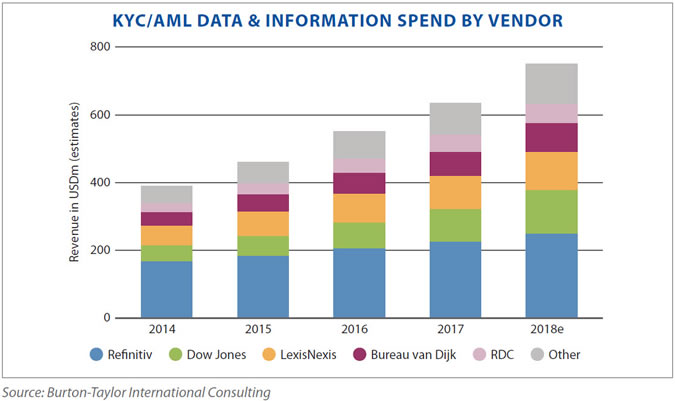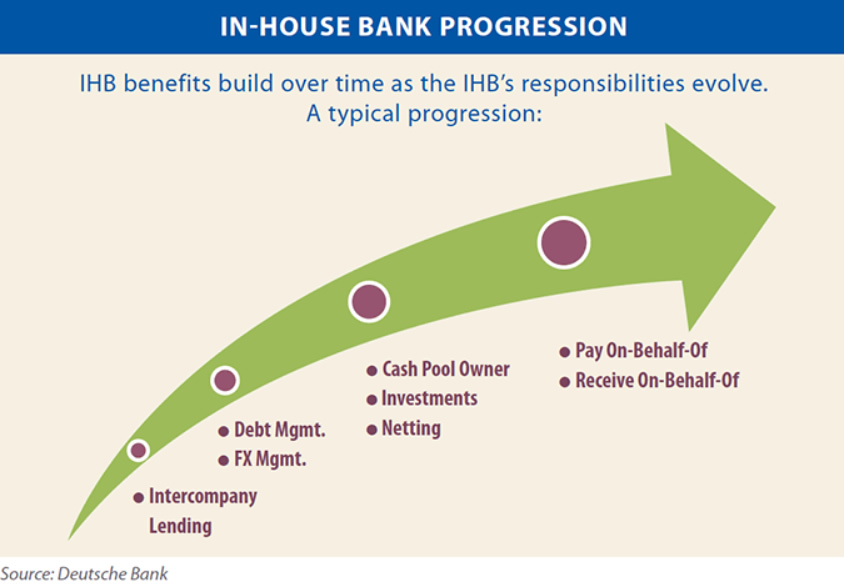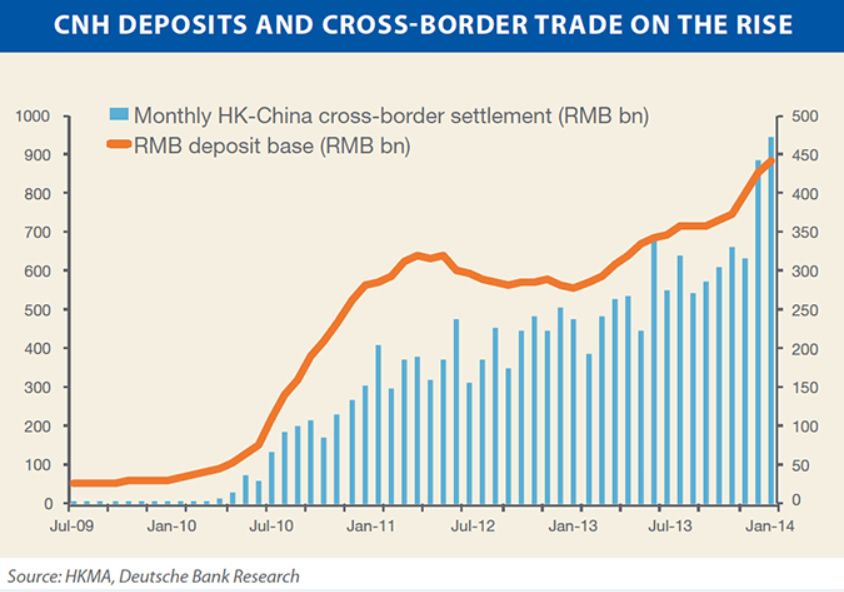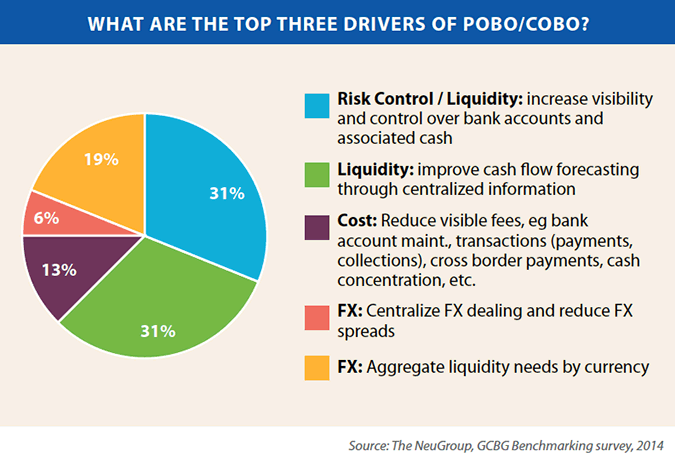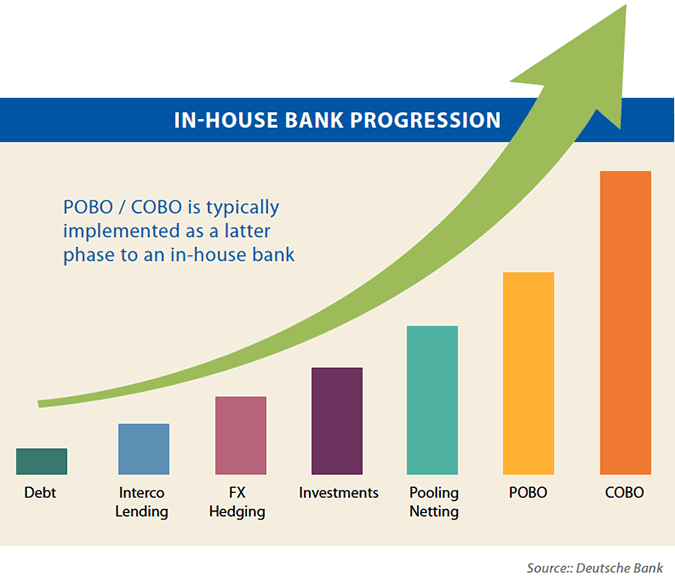Fintech companies continue to streamline the buyer-supplier experience, eliminating age-old tensions and adding powerful new tools.
Editor’s Note: This story originally ran on iTreasurer.com on December 19, 2016.
EXECUTIVE SUMMARY
Multinational corporations (MNCs) face a myriad of challenges and arguably the most important one is staying competitive during periods of uncertainty and increasing regulation, as global interconnectedness continues. In order to successfully navigate this uncertain environment, MNCs must develop sustainable working capital strategies and build cash positions that underpin these strategies, whether they are for expansion, M&A, dividends or buybacks.
One way they can succeed is through the company’s supply chain via supply chain finance (SCF). It is here where treasurers can take what was once a one dimensional program used to release working capital and can now implement a new sophisticated, multifaceted strategy to deploy flexible financing, optimize working capital and create competitive yield. Suppliers can gain access to low cost financing and both parties benefit with improved technology, program scalability and advances in automated invoicing and payment processing.
Yet despite these obvious benefits, MNCs have not rushed to implement such programs. Anecdotal evidence and survey data from The NeuGroup suggest many companies do not have structured supply chain finance programs, although many have some of the components. Many still cling to old and manual trade finance processes and practices, which have the potential of weakening their supply chains. Moreover, despite this becoming more of a cash and working capital play, treasurers in many cases are still not involved.
But with the growth of fintech, companies are beginning to listen. New players are changing how buyers and suppliers approach their supply chain. Leveraging technology, these fintech companies are alleviating the age old tensions between buyer and supplier, making it easier to capture SCF’s benefits by making it more efficient and more equitable for both sides. Buyers can pay when they want without putting their suppliers’ cash position at risk, and suppliers can choose to get paid earlier at a cost of financing that would otherwise not be available to them.
Fintechs also provide accumulated data to help companies streamline their supply chains and help both buyer and supplier select the most beneficial payment terms.
As buyers and suppliers get more comfortable with these programs, there will less money tied up in DSO and DPO. MNCs stand to lose out on billions of dollars in revenue trapped in their financial supply chain if they do not take action now.
UNLOCKING THE VALUE IN THE SUPPLY CHAIN
Today’s multinational corporations face no shortage of challenges when it comes to staying globally competitive. Since the financial crisis and prior, MNCs have faced uncertainty and with an ever evolving business climate, now more than ever, MNCs must maintain and protect their company’s financial position and manage working capital to support business operations.
As new ideas to improve working capital arise, treasurers are more than eager to listen. One area that treasurers have been focusing on over the last few years is unlocking value from the company’s supply chain via supply chain finance. The emergence of SCF began when large companies wanted to extend payment terms and needed an offset mechanism. This continued as these companies look to meet two objectives: first, becoming more commercially lean through releasing working capital and driving down costs and, two, offering affordable liquidity to their entire supply chain, recognizing the need to support them. Further, companies recognize that this responsibility must be managed internally versus banks to ensure healthier, stronger relationships with their suppliers.
New entrants to the supply chain finance world are enabling companies to maximize the value of their supply chains by utilizing a technology-led approach. These fintech companies have been showing multinational corporations that through technology, true program scalability can be reached and a tremendous financial opportunity can be uncovered from their supply chain. But beyond scalability and the financial benefits, these new entrants are also helping companies creates stronger and healthier supply chains by smoothing out tension that can exist between buyer and supplier.
THE BUYER-SUPPLIER DANCE
Historically, companies delayed payments to their suppliers as a strategy to extend DPO. According to a recent survey of The NeuGroup’s Assistant Treasurers Peer Group Large Cap, extending payment terms (82%) and accelerating collections (41%) were the most common approaches to improving working capital.
This was particularly true after the 2008 financial crisis when the term cash preservation was the leading mantra of many cash management programs. The treasurer’s duty then was to keep a healthy cash pile available for any possible merger, acquisition, or other downturn. Paying suppliers was one victim of this thinking, with payments going from 30 days to 45 days or in other cases, from 60 to 90 days.
“There is a centuries old friction between suppliers and buyers,” says Maex Ament, Cofounder and Chief Strategy Officer at Taulia, the financial supply chain company. “Suppliers want to get paid as early as possible, while buyers want to pay as late as possible.” A study conducted by Taulia last year showed that small and midsized business suppliers are waiting longer and longer to be paid after delivering goods. This trend has a big impact on operations because cash flow is one of the biggest concerns facing small and midsized businesses, Taulia noted in its study.
However, the “delay pay strategy” does not create a healthy environment in which the supply chain can operate, irrespective of the size of the supplier company. In fact, delaying payment to hold on to cash longer can negatively affect suppliers’ cash flow and puts them at risk of going out of business, resulting in unnecessary pressure on the supply chain.
Alleviating this pressure is one area where fintech companies have been making great strides by providing more affordable financing options to more suppliers. These supplier finance facilitators, along with companies and banks, are working together to help suppliers stay healthy while enabling companies to unlock the cash potential from their supply chains.
By taking the “delay” out of the equation, fintechs are creating a win-win situation for both suppliers and buyers. Fintechs are leveling the playing field so that more suppliers, including smaller businesses that were previously excluded, can now participate in these next generation supply chain finance programs, which historically only focused on the largest suppliers.
“We democratize access to supplier financing,” says Cedric Bru, Chief Executive Officer at Taulia. Through an innovative platform and technology that enables true scale, buyers can provide access to supplier financing products to their entire supply chain, “any supplier, regardless of size and regardless of spend. They can join our program, and do it unbelievably easily.”
CHANGE AGENTS
The true fintech revolution in supply chain finance began shortly after the 2008 financial crisis. The financial regulations that followed the crisis created an opportunity for fintechs to step in and help banks and businesses manage the rules and make compliance easier.
Mr. Ament noted that the financial crisis was an awakening and a catalyst for fintech growth. “Banks were made safer, which was good for the financial system, but bad for companies needing cash as it left a gap.” This resulted in making a highly regulated space—finance, banking, and insurance—“ripe for disruption.”
Fast forward to 2016 and fintech companies are transforming supply chains all over the world. Banks, having struggled under the burden of regulation for several years, which hampered their innovation efforts, have joined forces with fintechs.
This has led to companies, like Taulia, Ariba and C2FO, transforming the supply chain process, and facilitating transactions between buyers and their suppliers. By offering a wide array of automated products, like electronic invoicing, supplier financing and supplier self-services, they enable both the buyer and supplier to improve their working capital, improve their yields and lower their operating costs. This includes providing flexibility to when a buyer pays and a supplier gets paid. This benefits both sides, providing greater liquidity and less variability in the timing of payments.
Feedback from The NeuGroup peer group meetings as well as some research suggests this is the case. Members of several peer groups have said the main driver for implementing a supply chain finance program was working capital improvement.
In the Assistant Treasurers Group of 30 (AT30), while only a third of respondents have a supply chain finance program, nearly all of those respondents said the incentive was working capital improvement. And in a survey of members of The NeuGroup’s Assistant Treasurers’ Leadership Group (ATLG), most respondents cited extended payment terms (84%) as the main tool they used to maximize working capital; accelerating collections was the next most used at 41.2%.
One member of The NeuGroup’s Asia Treasurers’ Peer Group (ATPG) said using his company’s strong cash rich balance sheet to gain discounts on supplies was a better use of short term cash than investing in treasuries, money market funds, commercial paper or short term bonds. For this company, a US tech firm, early payment discounts translated into the positive business impact of improved yield on current idle cash, without taking on credit or counterparty risk. And for its suppliers, it was an alternative source of funds, which was cheaper, quicker and more reliable.
ONBOARDING
Another area where fintechs have made a big impact is in the onboarding process for suppliers joining a supply chain finance program. Not only have these buyers managed to offer access to more suppliers, they also made the process faster, easier, and more efficient. Often in traditional supplier programs, the onboarding process can be cumbersome because of the amount of paperwork and outdated manual processes. This requires an enormous amount of resources, such as people, time and money.
Because of these tedious processes, a legacy supply chain finance program sometimes can only onboard a buyer’s top 50 or 100 suppliers. Latest technology developments have made it possible for the onboarding process to be less than 90 seconds per supplier, eliminating manual processes. This enables companies to onboard thousands of suppliers in the same time it might take banks to onboard a few. For example, Vodafone, a Fortune Global 500 company and winner of the 2016 Supply Chain Finance Award, leveraged the Taulia platform to quickly ramp supplier adoption, leading to over 1,400 suppliers onboarded in just 9 months. Taulia’s platform is also agnostic with where the financing comes from; financing can come from banks, funds, pension funds or from the buyers themselves.
Fintechs have also greatly improved the buyer-supplier interface to make it easier to understand and navigate. Their intent has been to create a platform that can easily scale to thousands of suppliers and make it incredibly simple to use.
This gives suppliers true transparency fast: the ability to easily login and view all outstanding invoices immediately, their statuses, and options for early payments. “That was Taulia’s aim,” says Mr. Bru. “Suppliers can onboard to our platform within 90 seconds and be fully eligible to take early payments immediately.”
DATA ANALYTICS
Not only are fintechs transforming slow, manual processes to be faster and more efficient, they also have years of accumulated trade data. For companies like Taulia, this means they can go beyond its core supplier financing mandate and offer more predictive analytics and problem solving. This means enhancing its technology offerings by, for example, helping buyers streamline their list of suppliers and mapping out the best approach to their financial supply chain. Buyers are able to decide on “who, how and why” they might invite certain suppliers to a specific program.
For instance, in The NeuGroup’s Assistant Treasurers Group of Thirty (AT30), one member described how his company had to decide on the best way to pay a supplier. Buyers have many ways to pay suppliers depending on the type of product or service, the size and frequency of the transactions, or the type and size of the supplier. In some cases there may be concern that one payment method would be less favorable to a supplier than another method. In the AT30 member’s case, the company was worried that there would be exposure by putting some suppliers on a payment card program when there was a better SCF program available. The upshot is that suppliers need to be reviewed and carefully assigned the appropriate payment method, or perhaps even be given appropriate options. This is where analytics can help.
On Taulia’s platform, data can also provide companies with insights into the number of suppliers that might choose to opt in for automatic acceleration (e.g., all invoices, all the time with no need to request payments) versus manual acceleration (e.g., select invoices, one at a time) for early payment offers. And Taulia’s own research confirms that suppliers in most instances automatically accelerate more than 50% of early payments. This demonstrates the need for suppliers to access cash consistently.
MONEY LEFT ON THE TABLE
While companies and treasurers in particular are turning to technology to help them in a world where running lean departments is the norm, there is still not enough being done to extract value from the supply chain.
According to survey results from NeuGroup surveys, accounts payable balances remain a substantial component of the capital deployed for the companies, approaching almost 40% of the outstanding debt and almost 10% of total assets. On the receivables side, trade receivable balances also are a substantial component of the capital deployed, approaching 35% of the outstanding debt and almost 10% of total assets. So there is plenty of money there to justify the effort.
And with the help of fintech companies, setting up programs to extract value from the supply chain is getting a lot faster and more efficient. For buyers, that means increased DPO and the ability to redeploy capital into other more profitable areas of the business, cost reduction in the company’s financial supply chain and the ability to provide suppliers with a less costly form of financing to help reduce transaction costs and potentially negotiate a product discount.
On the supplier side, comfort levels are rising when it comes to participating in buyer programs, especially when they stand to profit or keep their balance sheets healthy. According to Factor Chain International, global factoring is over $2.3 trillion annually and still rising so suppliers are financing already. That means faster repayment and reduced DSO by discounting invoices due any time prior to maturity and vastly improved cash flow forecasting; it also equates to lower financing costs, which means access to higher levels of working capital financing.
As global multinational corporations continue to streamline working capital management to make every dollar work harder and more efficiently, the effort should include mastering and extracting value from the supply chain. In the end, benefits will continue to grow for all sides of global trade transactions.
RECOMMENDED NEXT STEPS
Four key steps to take in understanding whether SCF is something that you as a treasurer need to consider, and if so, how a fintech solution might help deliver the required goals and benefits sought:
- Treasurers should seek to engage internally to understand the financial priorities. Is this centered around working capital management, yield, supply chain liquidity, or more?
- Review what strategies and operations are already in place to deliver these goals—are they working? Engage with our key stakeholders to determine the wider business strategies focused on the supply chain—Procurement, Accounts Payable and Finance.
- Evaluate the market to understand how/whether fintech may play a complementary role to enhance or kick-start programs.
- Quantify potential projects through hard business cases.
While this is by no means a comprehensive project plan, it is designed as a simple check list to get thoughts and actions moving.












